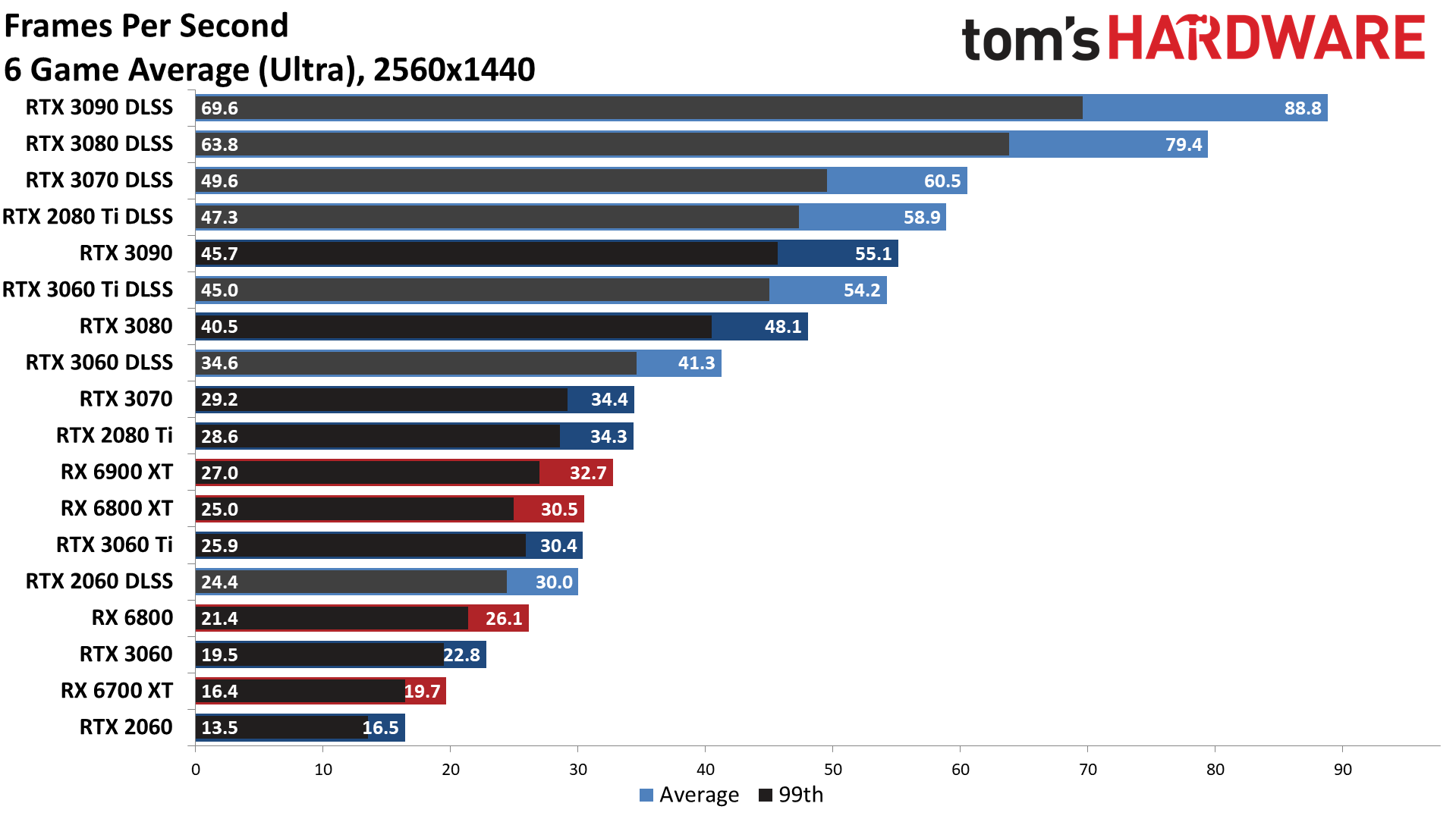While I don't disagree with what you said, I do have a slightly different take on why: nVidia has been right, because they're usually with the big enough marketing machine to make it "a thing". Look at what happened with Tesselation, T&L and Shader 1.0, 2.0 and 3.0 support. Now with Upscaling when AMD has had a somewhat mediocre way of doing it, but it still had it!
Also, I still remember the huge arguments against Fury when it was introduced with "only" 4GB of VRAM when the Titan and 980ti had 6GB (I think). I mean... I don't know what to tell you there. You can just go back and read the huge rant paragraphs of people back then saying how it would not be enough. Ironically, back then and for the games of the time, I was pretty ok with 4GB, but I am not now as my RX480 4GB has shown me how cheaping out on the capacity can affect the real long term life of the GPU, even when it may not be fast enough, so looking back I should have also complained about it having "only" 4GB. I'm guessing that's also why they jumped to 8GB and 6GB and now doubled that as standard.
And no arguing on Tegra and Tegra 2. They were fantastic ARM SoC's in their day. I actually miss them doing more tablets and/or a proper Shield successor, but in tablet form.
Regards.



